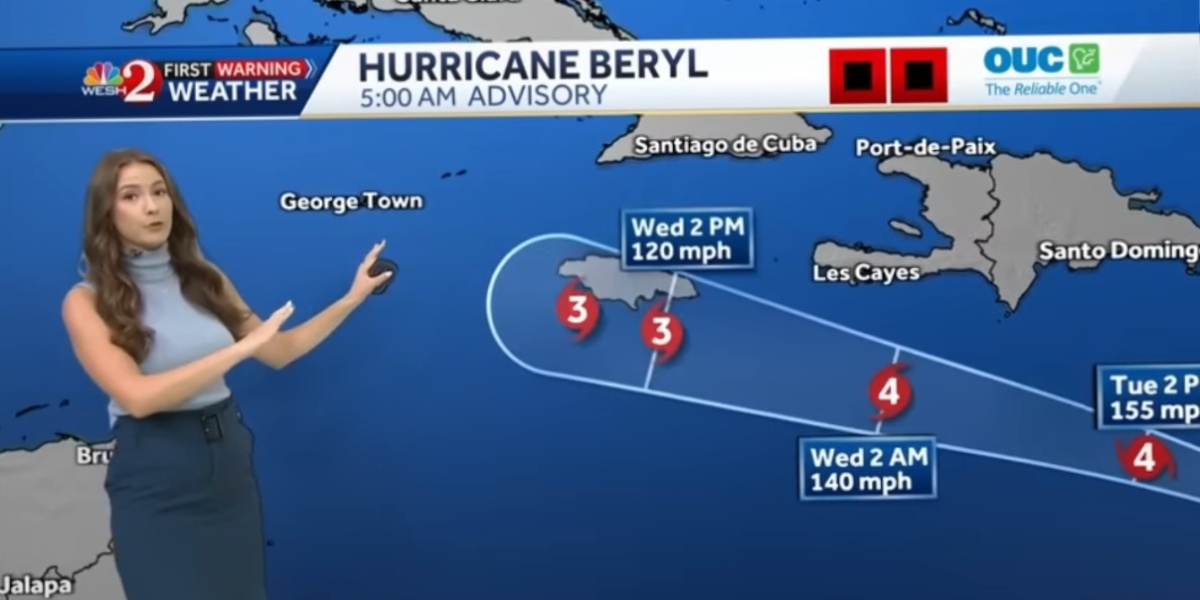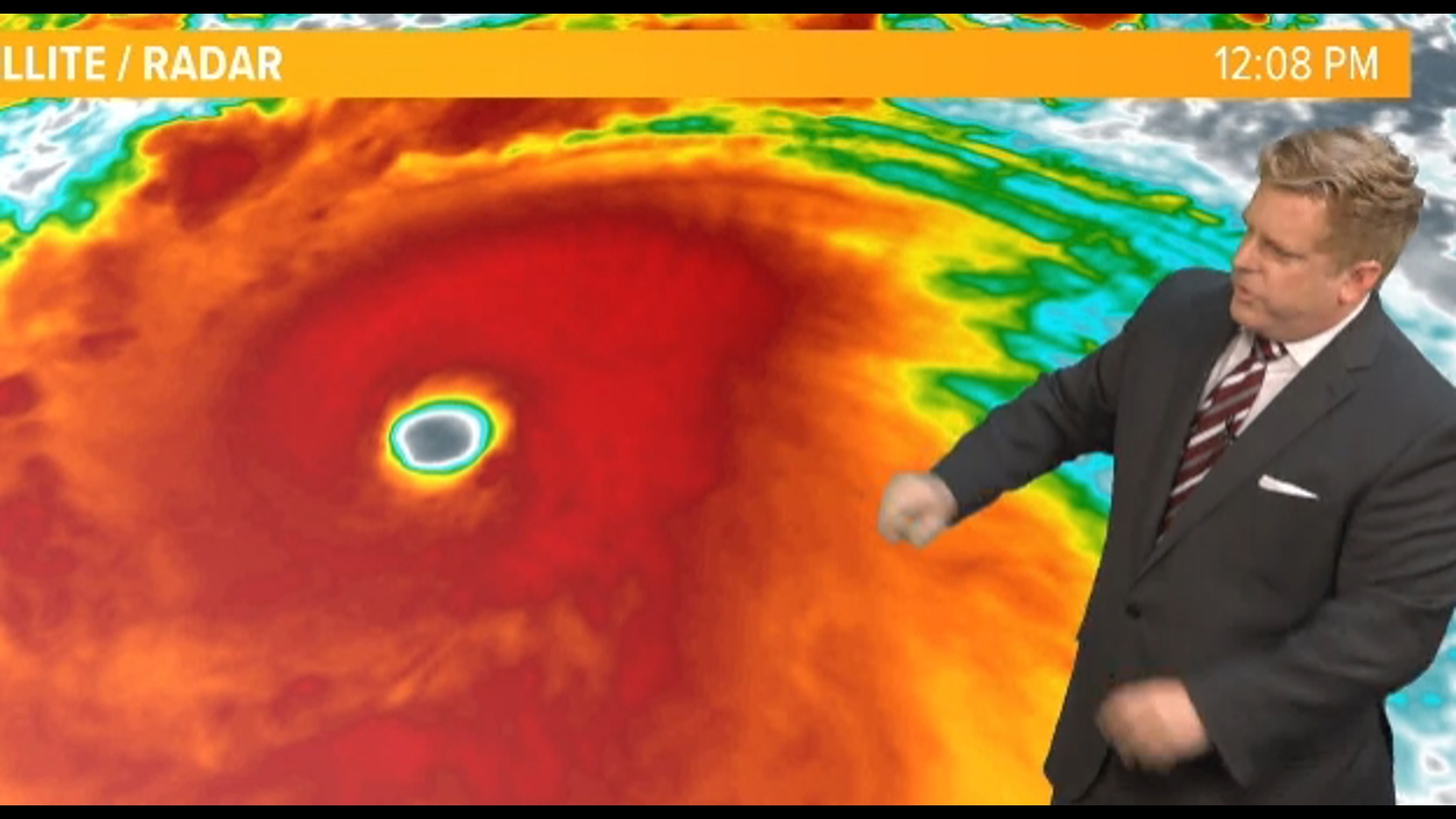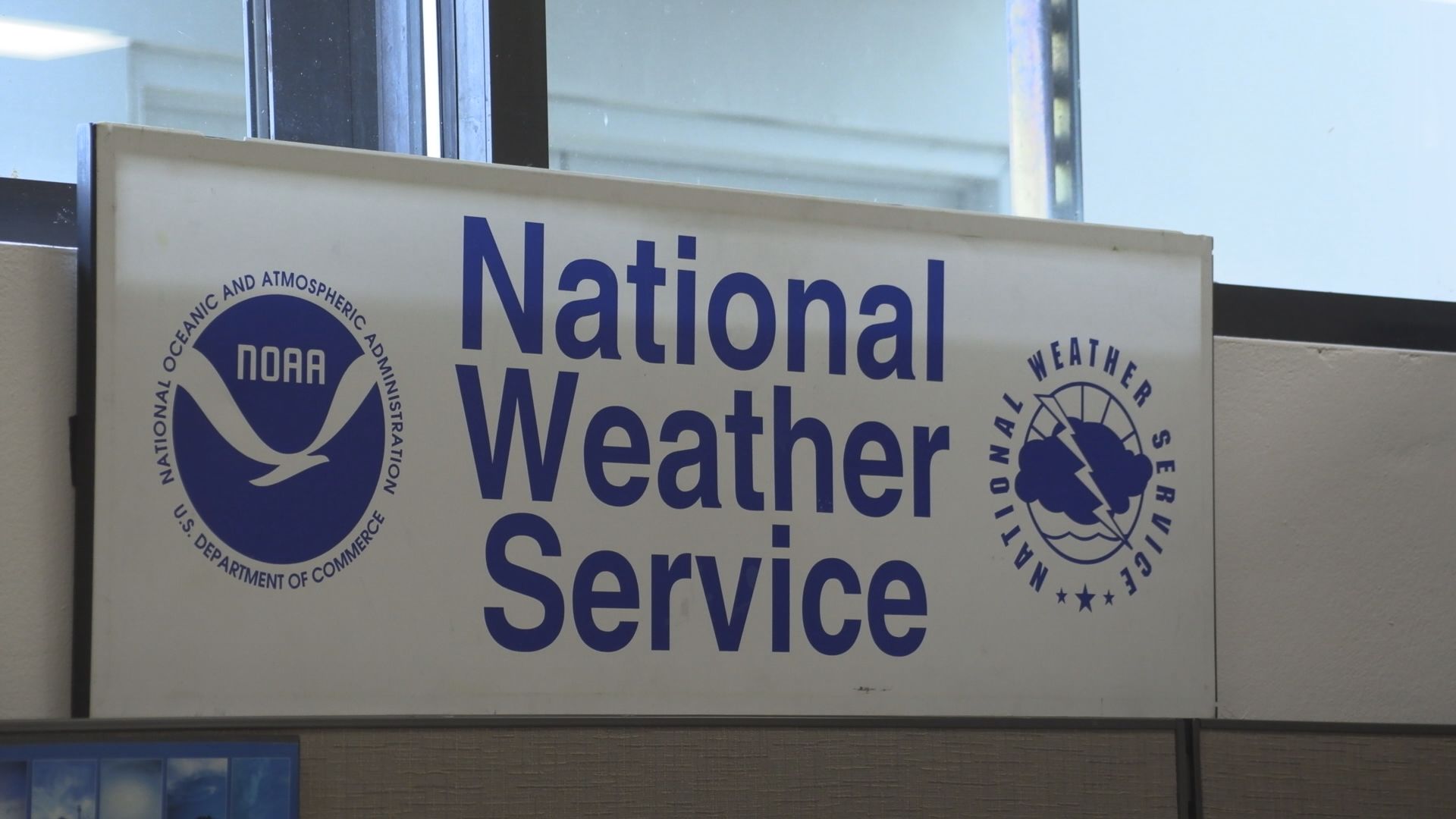Hurricane Beryl’s Current Status: Hurricane Beryl Now

Hurricane beryl now – As of 5 AM EDT, Hurricane Beryl is a Category 2 hurricane with maximum sustained winds of 100 mph. The storm is located about 650 miles east-southeast of Cape Hatteras, North Carolina, and is moving northwest at 12 mph.
The National Hurricane Center has issued a hurricane warning for the coast of North Carolina from Surf City to the North Carolina/Virginia border. A tropical storm warning is in effect for the coast of North Carolina from Surf City to Cape Lookout, and for the coast of Virginia from the North Carolina/Virginia border to Cape Henry.
Potential Impact Areas
Hurricane Beryl is expected to make landfall in North Carolina on Friday night or Saturday morning. The storm surge is expected to be 4-7 feet above normal tide levels along the coast of North Carolina from Surf City to Cape Lookout, and 2-4 feet above normal tide levels along the coast of Virginia from the North Carolina/Virginia border to Cape Henry.
As Hurricane Beryl barrels towards the coast, residents in low-lying areas like Mt. Vernon, Indiana are bracing for potential flooding. The storm is expected to bring heavy rainfall and strong winds, posing a significant threat to communities along its path.
As the storm approaches, it’s crucial for those in affected areas to stay informed, heed evacuation orders, and take necessary precautions to ensure their safety.
Hurricane-force winds are expected to reach the coast of North Carolina by Friday evening, and tropical storm-force winds are expected to reach the coast of Virginia by Saturday morning.
Hurricane Beryl, now a powerful force of nature, traces its roots back to a humble tropical depression. Its genesis, known as tropical depression beryl , was a swirling vortex that gathered strength over the warm ocean waters. As it intensified, it transformed into the formidable hurricane we now witness, reminding us of the relentless power of nature’s transformative dance.
Evacuation Zones
Residents in the evacuation zones should evacuate immediately. Evacuation zones are areas that are at risk of flooding or other hazards during a hurricane.
To find out if you are in an evacuation zone, please visit the website of your local emergency management office.
Hurricane Beryl’s Historical Context

Hurricane Beryl emerged as a tropical depression in the central Atlantic Ocean, displaying a genesis similar to numerous other cyclones that have developed in the region. Over several days, it intensified into a tropical storm and subsequently into a Category 1 hurricane, following a typical trajectory for storms in this area.
Comparison with Notable Hurricanes, Hurricane beryl now
In comparison to other notable hurricanes that have impacted the same region, Hurricane Beryl exhibited a moderate intensity, falling below the destructive force of major hurricanes like Irma and Maria. However, its path and characteristics bear resemblance to Hurricane Emily (2005), which also originated in the central Atlantic and exhibited a similar track.
Factors Contributing to Strength and Trajectory
The strength and trajectory of Hurricane Beryl were influenced by various meteorological factors. Warm ocean temperatures provided ample energy for its development, while favorable wind patterns guided its movement. Additionally, the lack of significant wind shear allowed the storm to maintain its organization and intensify.
Hurricane Beryl’s Impact

Hurricane Beryl is a destructive force that can bring widespread devastation to affected areas. The potential damage and flooding risks associated with the hurricane are significant, and it is crucial to take appropriate precautions to ensure safety.
The hurricane’s strong winds can cause severe damage to buildings, infrastructure, and vegetation. Trees can be uprooted, power lines downed, and buildings may suffer structural damage. In addition, the heavy rainfall associated with the hurricane can lead to flash flooding and riverine flooding, inundating low-lying areas and causing significant damage to property and infrastructure.
Emergency Response Plans and Preparedness Measures
To mitigate the impact of Hurricane Beryl, comprehensive emergency response plans and preparedness measures are in place. These plans involve collaboration between local, state, and federal agencies, as well as community organizations and volunteers.
- Evacuation plans are developed to identify areas at risk of flooding or other hazards, and to establish evacuation routes and shelters for residents.
- Emergency responders, such as police, fire, and medical personnel, are placed on standby to provide assistance and support to affected communities.
- Public awareness campaigns are conducted to educate residents about hurricane preparedness, including how to secure their homes, prepare emergency kits, and stay informed about the storm’s progress.
Staying Safe During and After the Hurricane
To ensure personal safety during and after Hurricane Beryl, it is essential to follow the instructions of local authorities and emergency responders.
- If an evacuation order is issued, evacuate immediately to a designated shelter or safe location.
- Secure your home by boarding up windows and doors, and bringing in outdoor furniture and other objects that could become projectiles.
- Stock up on essential supplies, such as food, water, batteries, and a first-aid kit, to sustain yourself during and after the storm.
- Stay informed about the hurricane’s progress through official sources, such as the National Hurricane Center, and follow their instructions.
- After the hurricane has passed, be cautious of downed power lines, debris, and floodwaters, and do not attempt to drive through flooded areas.